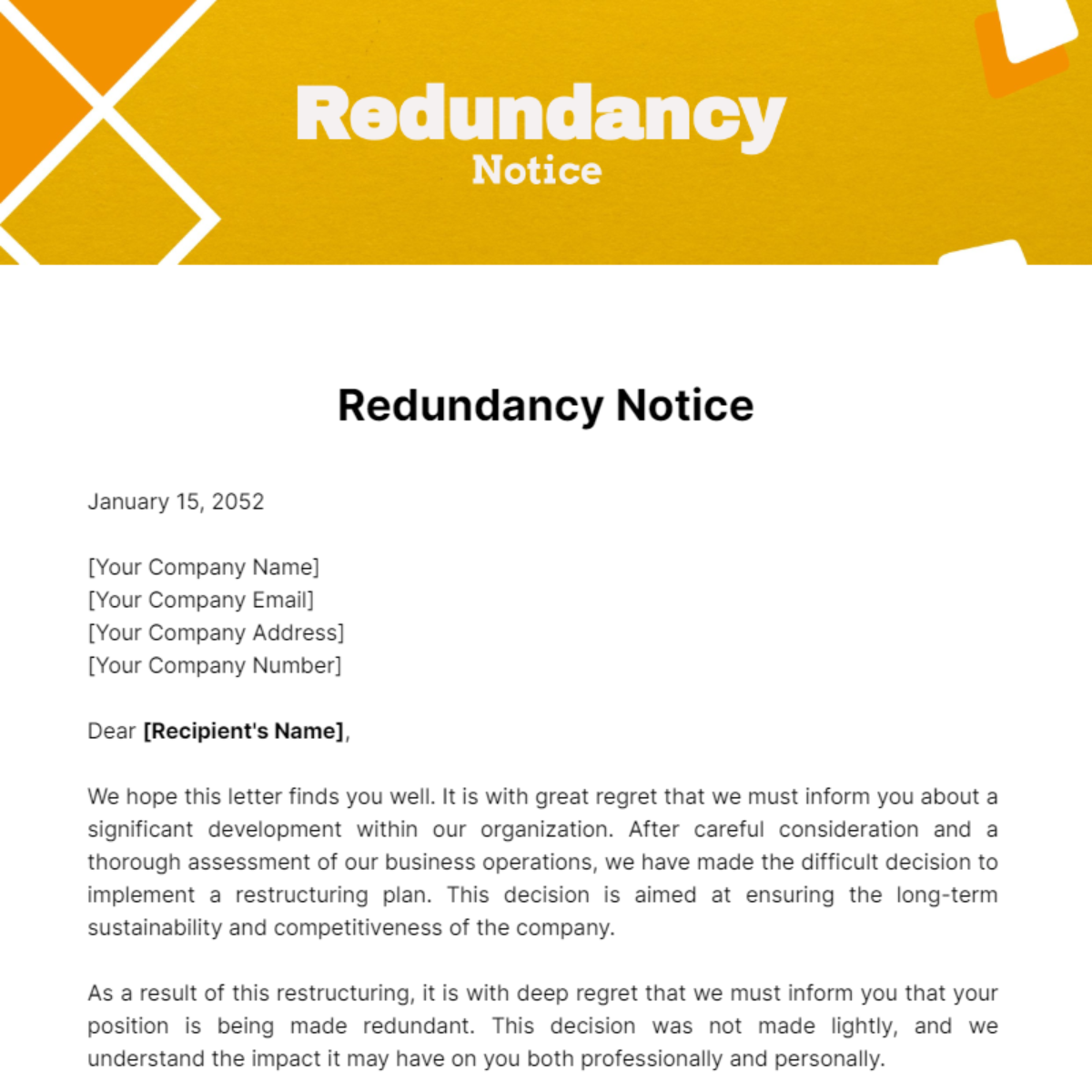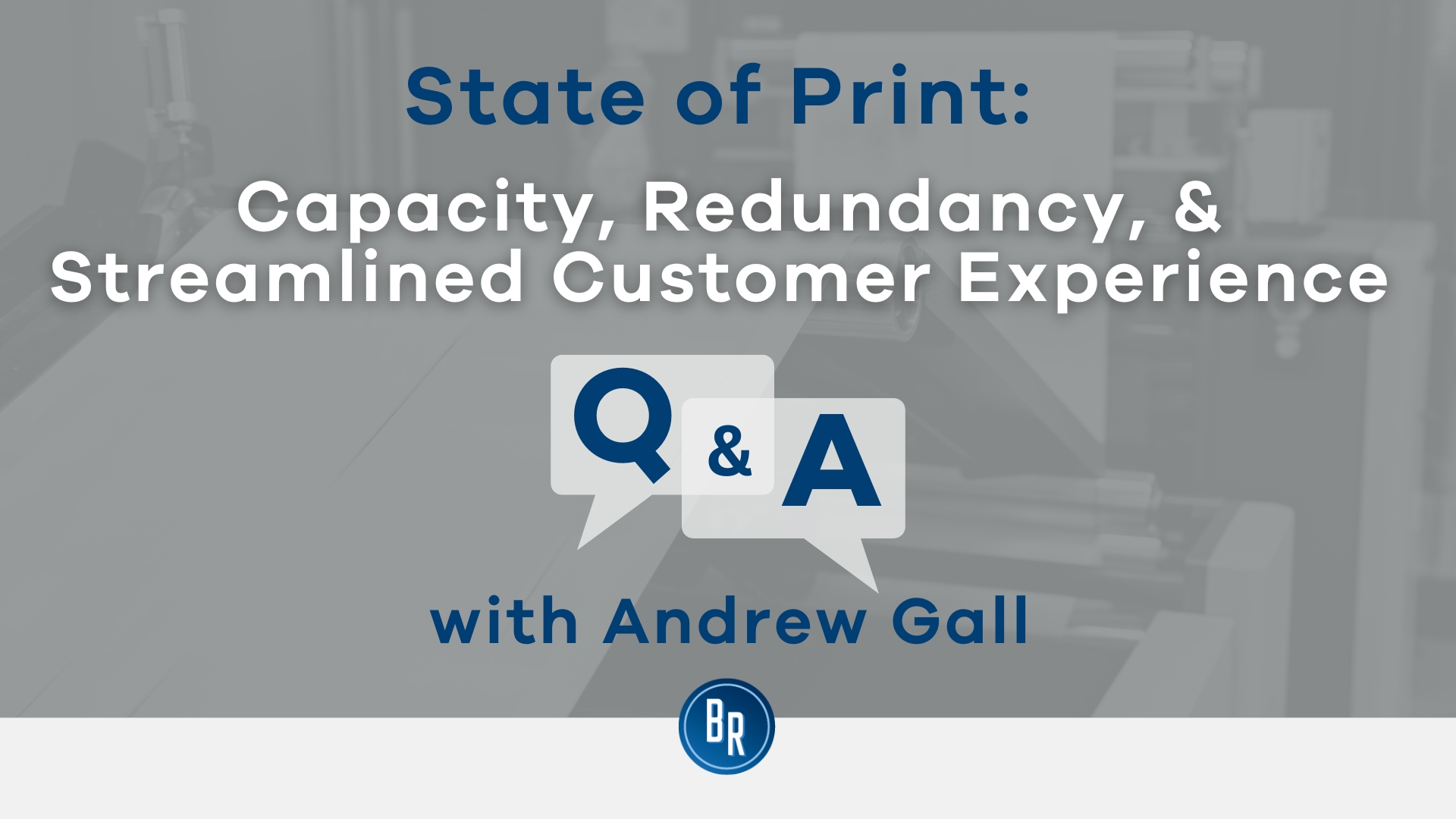Who Pays Redundancy Money? Understanding Employer Duties in the UK
Who Pays Redundancy Money? Understanding Employer Duties in the UK
Blog Article
Examining the Interplay In Between Business Redundancy and Organizational Flexibility for Future Growth
In the dynamic landscape of today's service globe, the elaborate partnership between firm redundancy and organizational versatility arises as a critical variable for sustained growth and success. Business commonly face the challenge of striking a delicate equilibrium in between keeping a degree of redundancy to mitigate risks and promoting flexibility to react swiftly to the ever-evolving market demands.
Significance of Business Redundancy
Business redundancy is a crucial element that improves organizational durability and alleviates functional threats. By including redundancy steps within the organizational structure, business can better endure unpredicted disturbances and fluctuations in the company setting. Redundancy functions as a tactical buffer, enabling business to adjust and react properly to unexpected challenges without jeopardizing necessary procedures.
One trick facet of the importance of business redundancy is its duty in guaranteeing continuity during times of crisis. When confronted with abrupt changes or emergencies, repetitive systems, sources, or personnel can action in to preserve important features and stop prevalent disturbances. This connection not just safeguards the firm's credibility and client depend on however additionally lessens monetary losses and functional downtime.

Approaches for Business Flexibility

Producing adaptable organizational structures that permit for quick modifications to market characteristics and consumer demands is vital for staying competitive in a rapidly advancing setting. By proactively determining prospective disruptions and possibilities, companies can proactively adapt and thrive in an ever-changing company landscape.
Harmonizing Redundancy and Flexibility
Accomplishing a harmonious balance between functional redundancy and business versatility is paramount in browsing the complexities of a vibrant business atmosphere. Striking the appropriate balance in between redundancy and adaptability is a delicate process that needs a deep understanding of the company's objectives, industry dynamics, and danger resistance.
To achieve this balance, companies need site here to carry out routine analyses of their procedures to recognize locations where redundancy is necessary for risk mitigation and where adaptability can drive innovation and growth. Executing flexible structures, fostering a culture of continuous learning and improvement, and encouraging open communication across all levels of the organization are key strategies to harmonize redundancy and adaptability effectively. By aligning these 2 critical elements, firms can place themselves for lasting development and success in an ever-changing service landscape.
Situation Studies on Adaptation Success
In analyzing instances of effective business adaptation, it ends up being apparent that the interplay in between functional redundancy and versatility is a specifying consider shaping resilient organizations. One engaging case study is that of Netflix. At first a DVD rental service, Netflix showed exceptional adaptability by transitioning into a streaming system when digitalization interfered with the market. By tactically investing in technology and content production, Netflix not just grew however endured in a quickly developing market. Another standout example is Amazon. Beginning as an on the internet bookstore, Amazon continuously adapted its service model, expanding into varied markets such as cloud computer and synthetic knowledge. This adaptability enabled Amazon to stay ahead of competitors and fulfill altering customer needs. Lastly, Adobe gives a notable image of effective adaptation. The firm moved from marketing software licenses to a subscription-based design, making certain repeating profits streams and enhanced customer interaction. These instance researches underscore the importance of functional redundancy paired with business adaptability in promoting long-lasting development and competition.
Structure Resilience for Future Growth
Building strength for future growth calls for a calculated alignment of functional processes with market characteristics and emerging fads. Business must adjust to changing settings by promoting a society of go versatility, innovation, and continual improvement.
In addition, promoting solid relationships with stakeholders, such as consumers, employees, vendors, and the community, is essential for weathering unpredictabilities and keeping trust and support throughout turbulent times. Efficient interaction and transparency play an important duty in building durability, as they assist straighten expectations and assist in cooperation in navigating uncertainties.
Moreover, companies need to prioritize discovering and development efforts to upskill workers and outfit them with the necessary tools to adapt to altering scenarios. By purchasing their labor force, companies can enhance their versatility and dexterity, inevitably reinforcing their strength for sustainable future growth.
Conclusion

In the vibrant landscape of today's company globe, the intricate connection in between company redundancy and organizational flexibility emerges as a vital factor for sustained development and success. Companies typically encounter the challenge of striking a delicate equilibrium in between maintaining a level of redundancy to alleviate threats and fostering versatility to react promptly to the ever-evolving market needs.To achieve this balance, business require to perform normal assessments of their operations to determine locations where redundancy is necessary for risk mitigation and where versatility can drive technology and development.In conclusion, the interplay between business redundancy and business versatility is critical for future development. Structure resilience through a combination of redundancy and adaptability will guarantee that business are prepared for the difficulties of the future.
Report this page